Brace yourself—these bizarre delicacies from around the globe aren’t for the faint of heart. From slimy to downright unsettling, here are 19 of the most shocking animals people willingly (and sometimes enthusiastically) eat.
1. Guinea Pig

In Peru, guinea pigs are more than pets—they’re dinner. Known as Cuy, these critters are roasted whole, claws and teeth intact, and served as a delicacy. Dating back to the Incas, guinea pigs were prized for their high protein and easy upkeep. Locals swear it tastes like rabbit, but for outsiders, the sight of their childhood pet staring back from the plate is haunting. Peruvians see Cuy as a heritage; everyone else just sees nightmares served crispy.
2. Fried Tarantulas (A-ping, Cambodia)
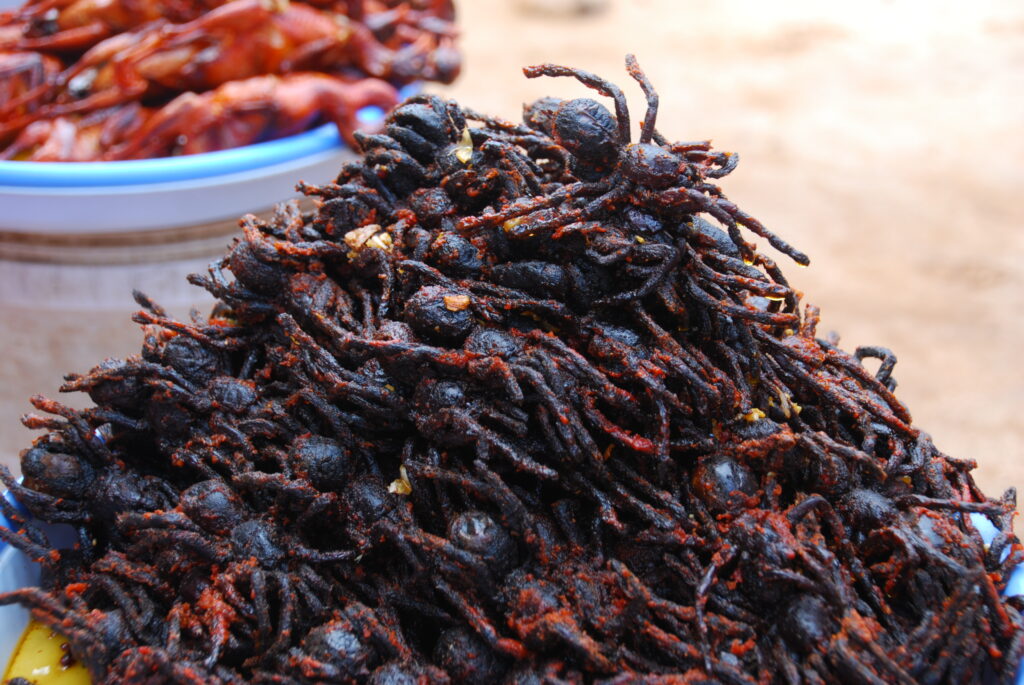
Flickr
Fried tarantulas became a staple in Cambodia during the Khmer Rouge regime when survival meant turning to the forests for food. Today, these hand-sized spiders are a celebrated street food, fried to crunchy perfection after being seasoned with garlic and sugar. The legs crackle like chips, but the abdomen—a gooey mix of unhatched eggs and innards—is not for the faint of heart. Smoky and rich, the aroma mingles with an unsettling hint of burnt hair. Locals swear they taste like crab, but improper preparation can leave behind pesticides or parasites. For Cambodians, they symbolize resilience; for tourists, they’re edible fear incarnate.
3. Sheep’s Head (Svið)

iStock
Iceland’s Svið is a boiled sheep’s head, served whole—teeth, tongue, and hollow eye sockets included. Historically, it was a way to avoid waste, but today, it’s a traditional dish served on special occasions. Diners praise the tongue and cheek meat, but most struggle to eat while making eye contact with their food. For Icelanders, it’s a nod to their resourceful Viking past; for tourists, it’s a test of stomach strength. Don’t forget to thank the sheep for its sacrifice.
4. Bat Soup
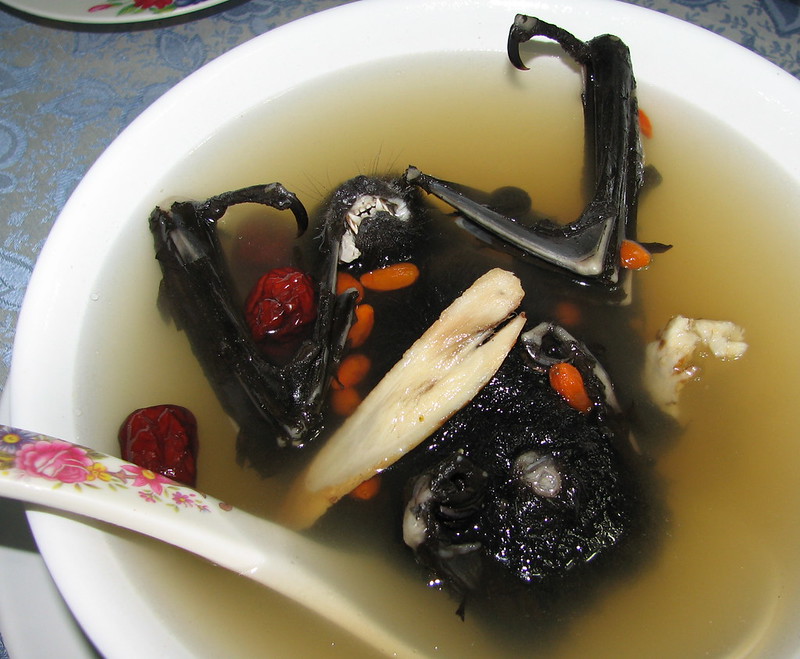
Flickr
Fruit bat soup is a delicacy in Palau, where the bats are cooked whole—fur, wings, and all—in a fragrant coconut milk broth. Locals believe it boosts health and wards off illness, but for outsiders, it’s a meal straight out of a horror movie. The leathery wings and glassy-eyed stare of the bat are hard to ignore, especially when it’s floating in your bowl. The taste? Nutty and gamey, but let’s be honest—you’ll be too distracted by its fur to notice.
5. Snake Wine

iStock
In Vietnam, snake wine combines alcohol with terror. A cobra is preserved whole in rice wine, and venom, and left to ferment. Locals believe it boosts virility and health, but for outsiders, the sight of a coiled snake in a bottle is nightmare fuel. Some versions even include a scorpion for extra shock value. The venom is supposedly neutralized by the alcohol, but would you want to find out? The taste is earthy, but the visuals are unforgettable.
6. Hákarl
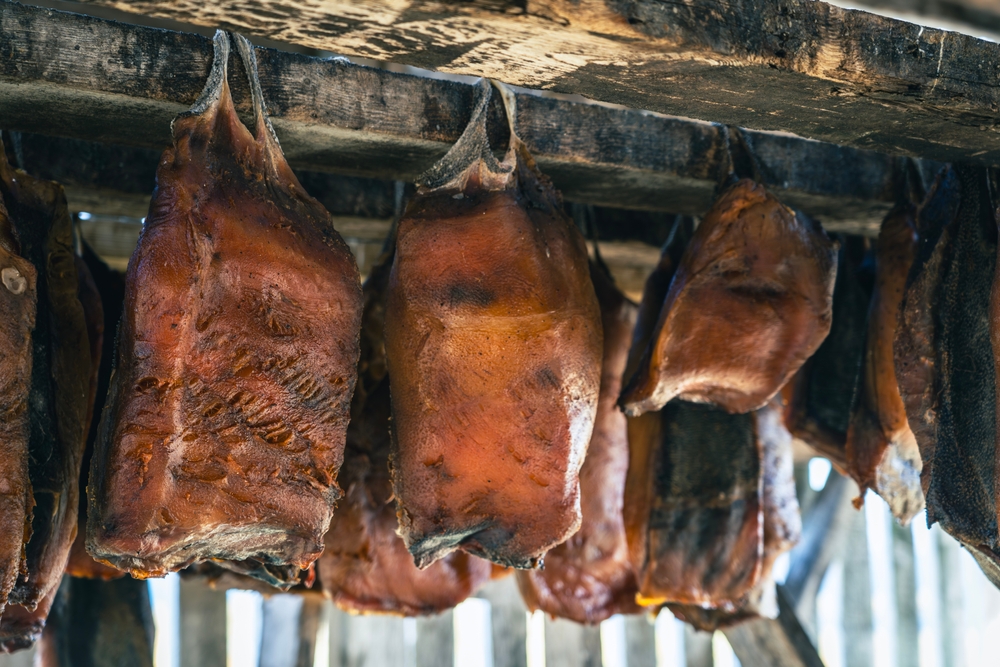
iStock
Iceland strikes again with hákarl, fermented Greenland shark meat that’s buried, left to rot, and dried until it reeks of ammonia. Originally devised to make the toxic shark flesh edible, this dish is now a cultural rite of passage. Locals claim the taste is briny and robust, but outsiders describe it as “chewing a urinal cake.” Icelanders eat it with pride, but for most, the gag reflex kicks in before the first bite is even swallowed.
7. Live Octopus (Sannakji)
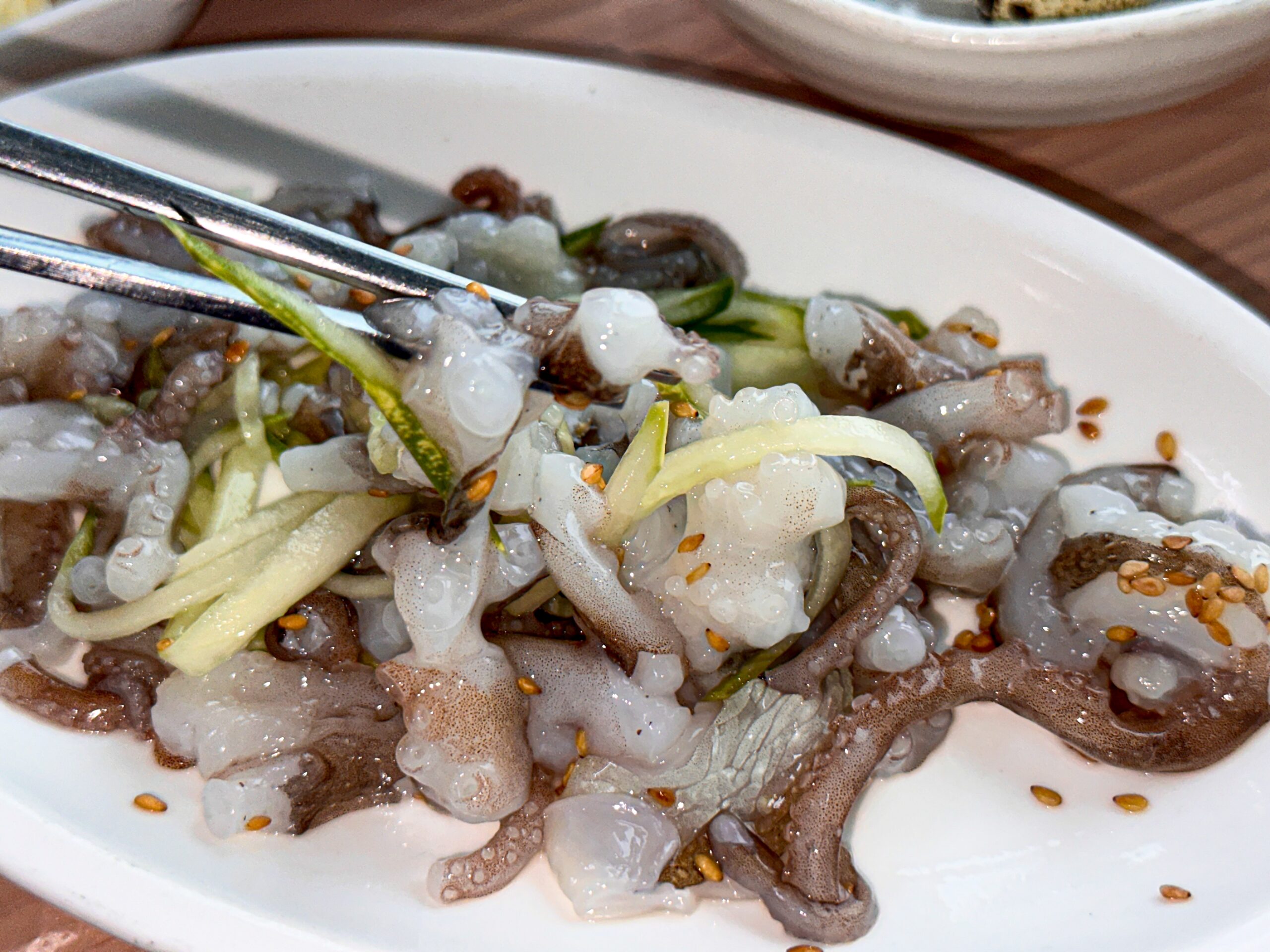
Shutterstock
In South Korea, Sannakji is a raw octopus dish served with its tentacles still wriggling. Diners must chew quickly and thoroughly to avoid choking, as the suction cups stick to your throat on the way down. Locals love the fresh, briny flavor, but for outsiders, eating something that’s still moving is pure nightmare fuel. Watching the tentacles squirm on your plate is an experience in itself—if you’re brave enough to try.
8. Casu Marzu
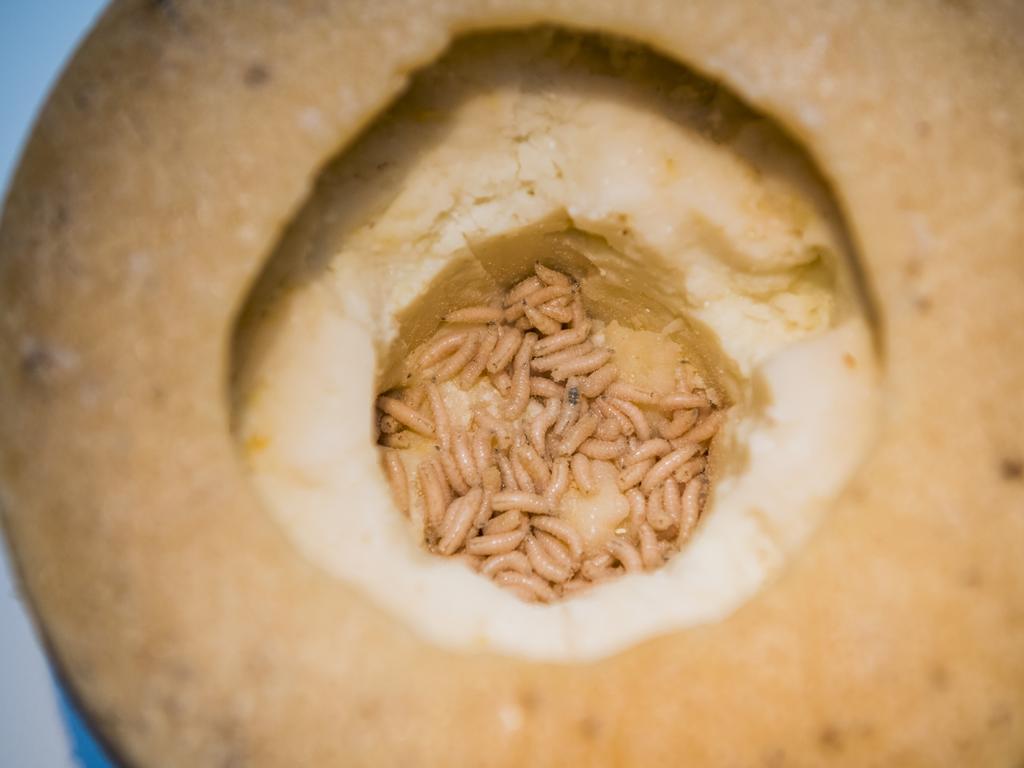
YouTube
Sardinia’s casu marzu takes cheese to the extreme. Infested with live maggots, this forbidden delicacy is banned in many countries for health reasons. The larvae break down the cheese, creating a soft, liquid center that locals rave about. But the maggots don’t just sit there—they wriggle and jump, sometimes straight into your face. Eating it requires nerves of steel and a strong stomach, but Sardinians see it as a cultural treasure. For everyone else, it’s a maggoty horror show
9. Rocky Mountain Oysters

Despite the name, Rocky Mountain oysters are fried bull privates. A staple of rodeos in the American West, they’re served breaded and golden, often with dipping sauce. Locals praise their chewy texture and rich flavor, but knowing what you’re biting into is the dealbreaker for most. Eating reproductive organs may be a novelty for some, but it’s an uncomfortable reality for others. For those brave enough to try, they’re surprisingly… not bad.
10. Frog Legs
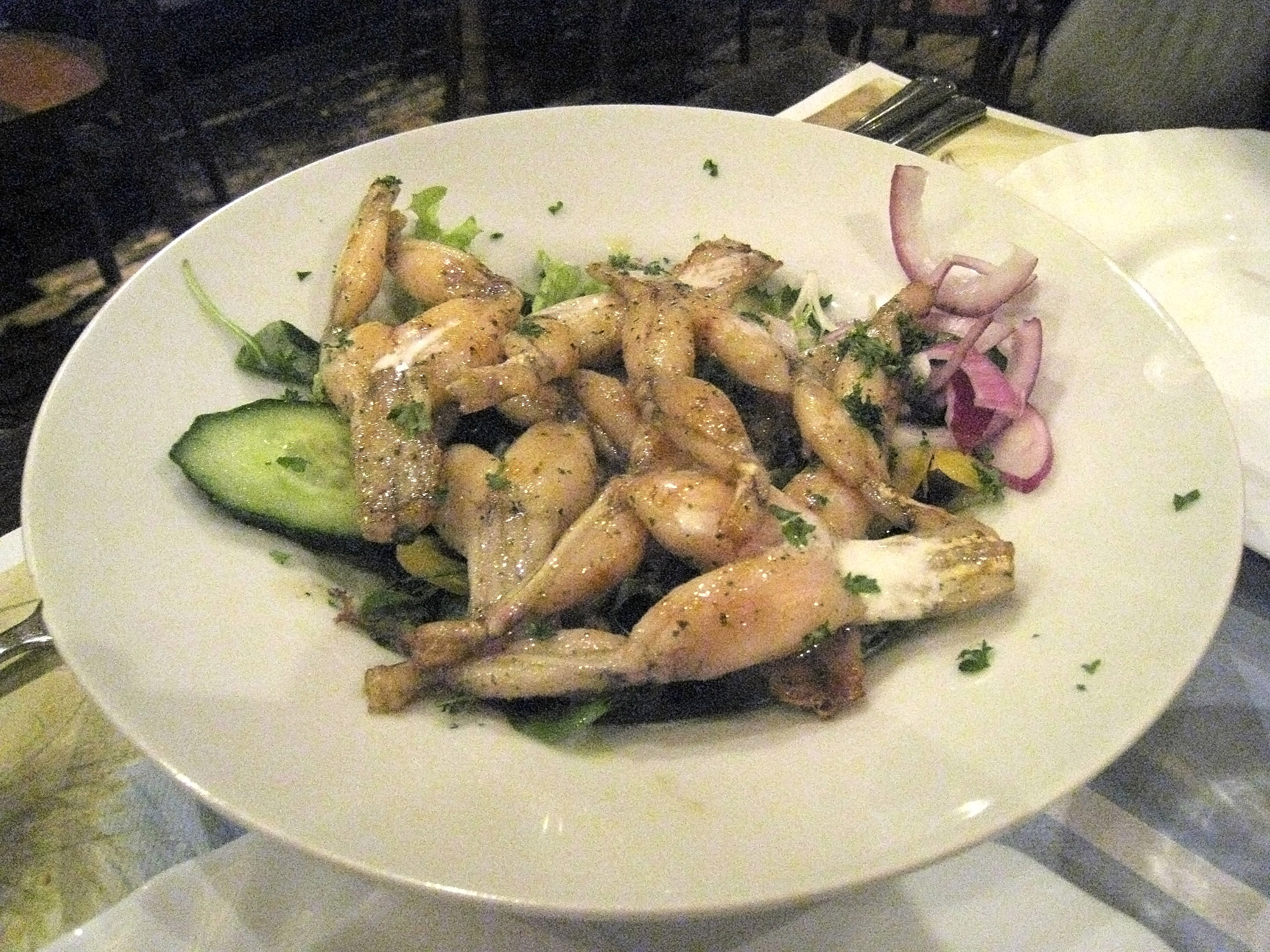
Frog legs are a delicacy in France and parts of China, often fried or sautéed in garlic butter. While locals rave about their tender, chicken-like flavor, the sight of tiny amphibian limbs on your plate can be hard to stomach. The slimy texture of the skin—sometimes left on—adds an extra “ick” factor. Eating frog legs might feel sophisticated, but for many, the image of a frog hopping through their garden lingers with every bite.
11. Blood Soup
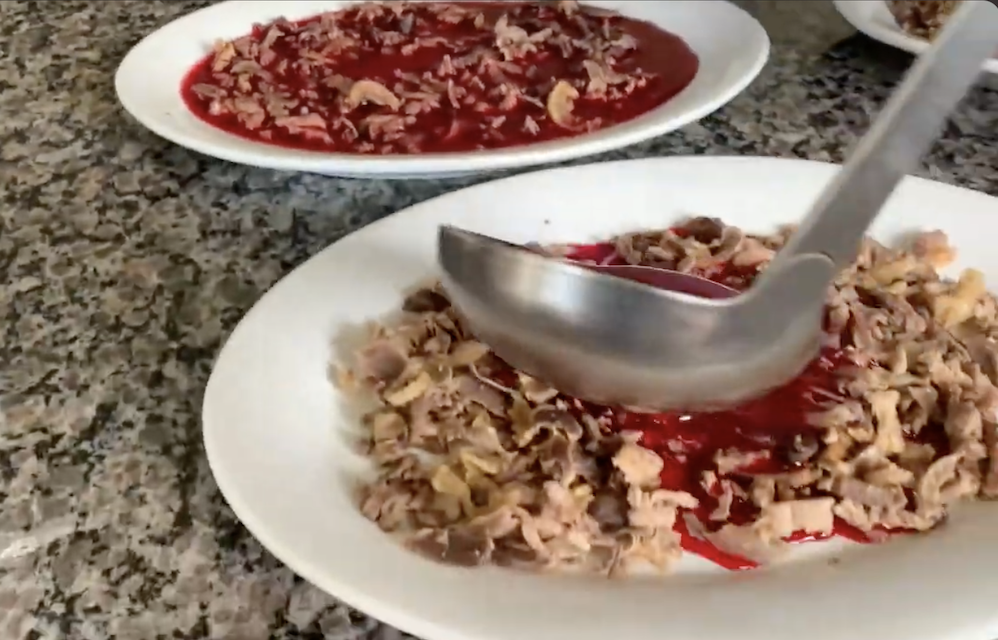
YouTube
Known as Czernina in Poland and tiết canh in Vietnam, blood soup is a dish where fresh animal blood takes center stage. In Poland, duck blood is cooked into a thick, savory broth, while Vietnam’s version is served raw and gelatinous with herbs. Locals claim it’s nutritious and rich in flavor, but for outsiders, drinking a bowl of warm or congealed blood is pure nightmare fuel. The bright red color and metallic taste make it a hard pass for most.
12. Witchetty Grubs

YouTube
In Australia, these fat, wriggling larvae are a traditional food of Aboriginal Australians. Packed with protein, Witchetty grubs can be eaten raw, where they’re said to taste like scrambled eggs, or roasted for a nutty flavor. While locals value their nutritional benefits, outsiders are more focused on the grub’s squishy, writhing body. Watching one twitch before it’s popped into someone’s mouth is enough to make most people gag. Sustainable? Yes. Visually horrifying? Absolutely.
13. Turtle Soup

Shutterstock
Turtle soup, popular in China and Southeast Asia, is made with soft-shell turtles simmered into a gelatinous, sticky broth. Locals swear by its medicinal properties, believing it boosts longevity and health. For outsiders, the slimy texture and earthy, overpowering smell make it an acquired taste at best. Add in the guilt of eating an animal symbolizing wisdom and patience, and turtle soup feels more like a moral crisis than a meal.
14. Grasshoppers (Chapulines)
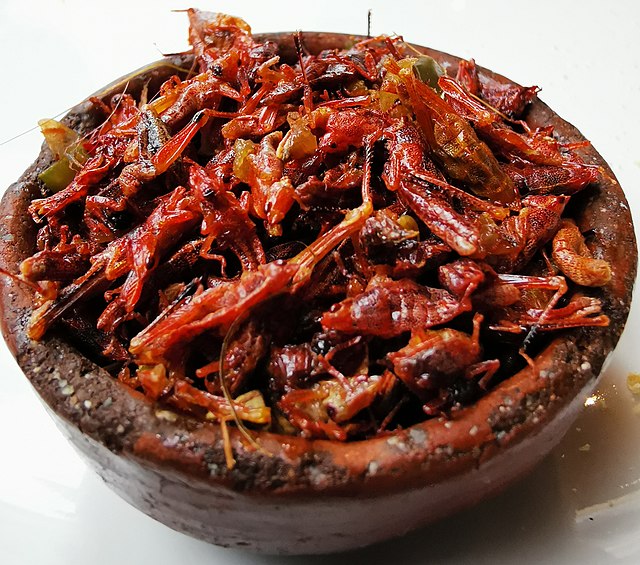
Wikimedia Commons
In Mexico, Chapulines—seasoned grasshoppers—are a crunchy street food enjoyed with chili and lime. Locals love their tangy, protein-packed flavor, but for newcomers, the sight of legs and antennae sticking out of a taco is hard to handle. Eating bugs might be a sustainable snack of the future, but crunching on grasshopper shells while their tiny legs poke at your tongue isn’t everyone’s idea of a good time. For those brave enough to try, the taste might surprise you.
15. Century Egg
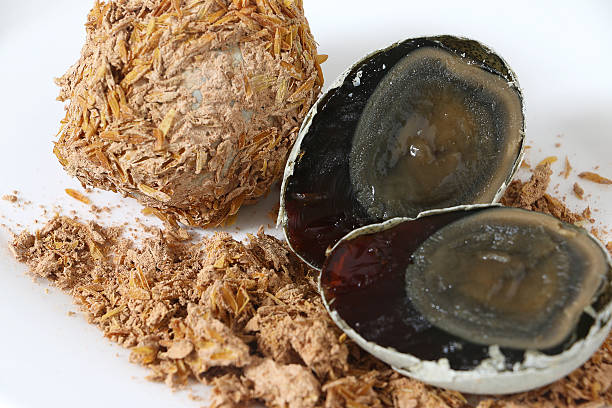
Century eggs, a Chinese delicacy, are not a century old but look like they might be. Preserved in a mix of clay, ash, and lime for weeks or months, the yolk turns greenish-black, while the whites become a jelly-like brown. The smell is reminiscent of sulfur, and the taste is deeply earthy, but for many, the visual alone is a dealbreaker. Locals love its umami flavor, but outsiders often gag at the thought of eating what looks like a fossilized egg.
16. Tuna Eyeballs
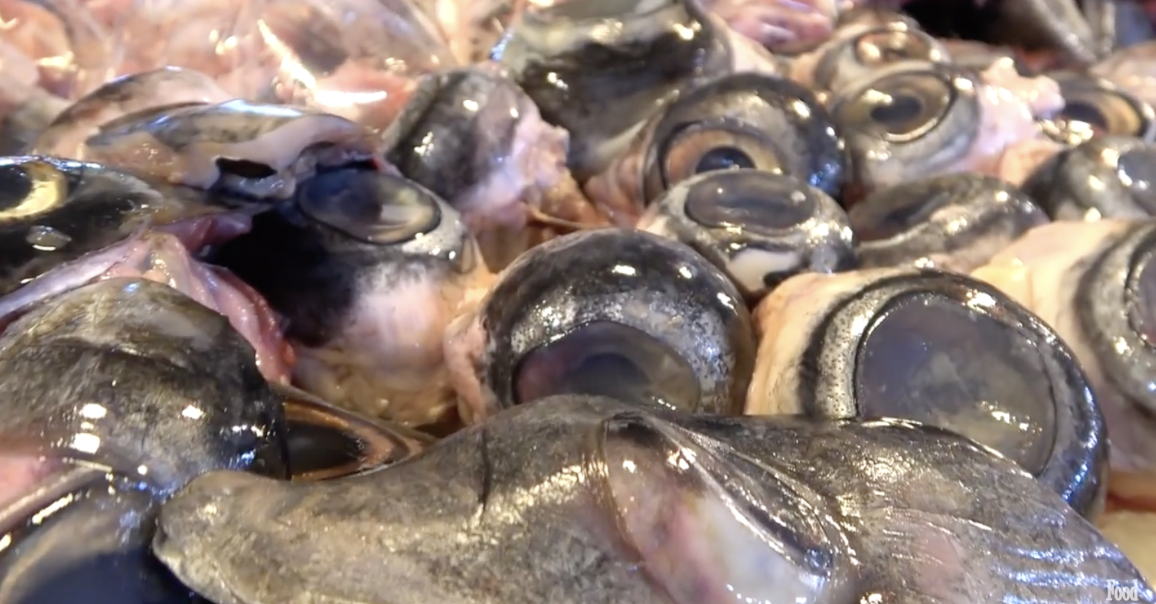
Tuna eyeballs are a cheap, protein-packed snack in Japan, often boiled or steamed and served with soy sauce. Diners scoop out the gelatinous interior, which tastes like squid but comes with a side of extreme discomfort. Watching the eyeball jiggle on the plate, surrounded by nerves and muscle tissue, is enough to send most people running. Locals swear by its health benefits, but for everyone else, it’s like dinner is staring back at you.
From live worms to snake wine, these dishes prove that one person’s delicacy is another’s nightmare. While some are cultural treasures with deep histories, others push the boundaries of what’s even edible. Would you dare to try these culinary horrors, or are you sticking to fries and nuggets? Either way, one thing’s for sure—food can be as wild as it is stomach-turning.


